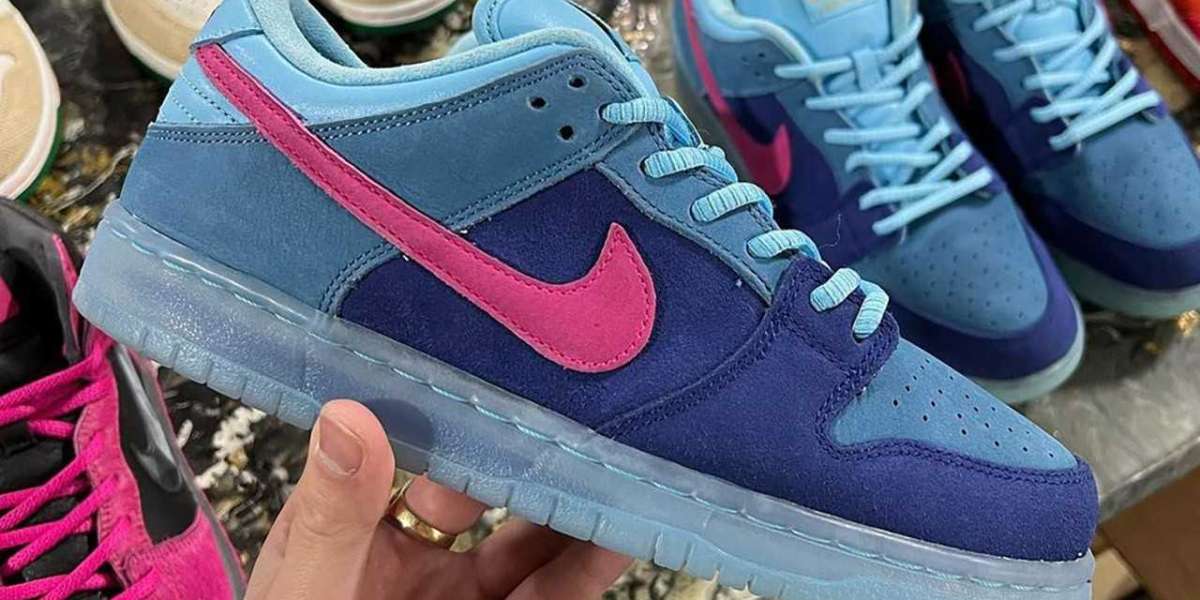The manufacturing of rubber products involves several stages, from raw material preparation to the final product assembly. Here's an overview of the typical processes involved in rubber product manufacturing:
1. Raw Material Preparation
- Selection of Raw Materials: Natural rubber or synthetic rubber compounds are selected based on the desired properties of the final product.
- Mixing: The rubber compounds are mixed with various additives such as vulcanizing agents, fillers, plasticizers, and pigments to achieve the required physical and chemical properties.
2. Shaping and Molding
- Extrusion: The mixed rubber compound is passed through an extruder to create continuous shapes such as tubes, hoses, and seals.
- Molding: For producing specific shapes, the rubber compound is placed in a mold and subjected to heat and pressure to cure and take the shape of the mold.
3. Vulcanization
- Heating and Curing: The shaped rubber products are subjected to controlled heat and pressure in a vulcanization process to improve their strength, elasticity, and durability.
4. Finishing
- Trimming and Cutting: Excess material is trimmed, and the rubber products are cut to the desired size and shape.
- Surface Treatment: Surface coatings or treatments may be applied to enhance specific properties such as anti-slip, anti-static, or UV resistance.
5. Quality Control
- Inspection: Each manufactured rubber product undergoes a thorough inspection to ensure it meets the required specifications and standards.
- Testing: Products are tested for properties such as tensile strength, elongation, hardness, and resistance to chemicals, heat, and abrasion.
6. Packaging and Distribution
- Packaging: The finished rubber products are packaged according to industry standards and customer requirements.
- Distribution: The packaged products are then distributed to wholesalers, retailers, or directly to end-users.
7. Environmental Considerations
- Waste Management: Efforts are made to manage and recycle rubber waste and by-products to minimize environmental impact.
- Compliance: Compliance with environmental regulations and standards is crucial throughout the manufacturing process.
Rubber products encompass a wide array of items made from natural or synthetic rubber, each serving diverse functions across numerous industries. Here are some common rubber products:
1. Rubber Sheets and Gaskets
- Function: Used to prevent the leakage of liquids or gases in automotive, aerospace, and manufacturing applications.
- Examples: O-rings, gaskets, oil seals.
2. Rubber Hoses
- Function: Transport fluids such as water, air, chemicals, and petroleum in various industries.
- Examples: Water hoses, air hoses, hydraulic hoses.
3. Rubber Belts
- Function: Utilized for power transmission, conveying systems, and material handling in industries such as agriculture, mining, and manufacturing.
- Examples: V-belts, timing belts, conveyor belts.
4. Rubber Mats and Flooring
- Function: Provide anti-slip, cushioning, and protection in settings including gyms, industrial workplaces, and commercial spaces.
- Examples: Anti-fatigue mats, entrance mats, rubber flooring tiles.
5. Rubber Mounts and Vibration Isolators
- Function: Absorb and isolate vibrations in machinery, engines, and industrial equipment to reduce noise and prevent damage.
- Examples: Engine mounts, machine mounts, vibration isolation pads.
6. Rubber Rollers and Wheels
- Function: Used in conveying, printing, laminating, and material handling in industrial processes.
- Examples: Printing rollers, conveyor rollers, rubber wheels.
7. Rubber Bushings and Dampers
- Function: Absorb shock, reduce noise, and isolate components in automotive, machinery, and equipment.
- Examples: Suspension bushings, engine mounts, rubber dampers.
These rubber products demonstrate the versatility and utility of rubber as a material, catering to a wide range of industrial, commercial, and consumer needs.



